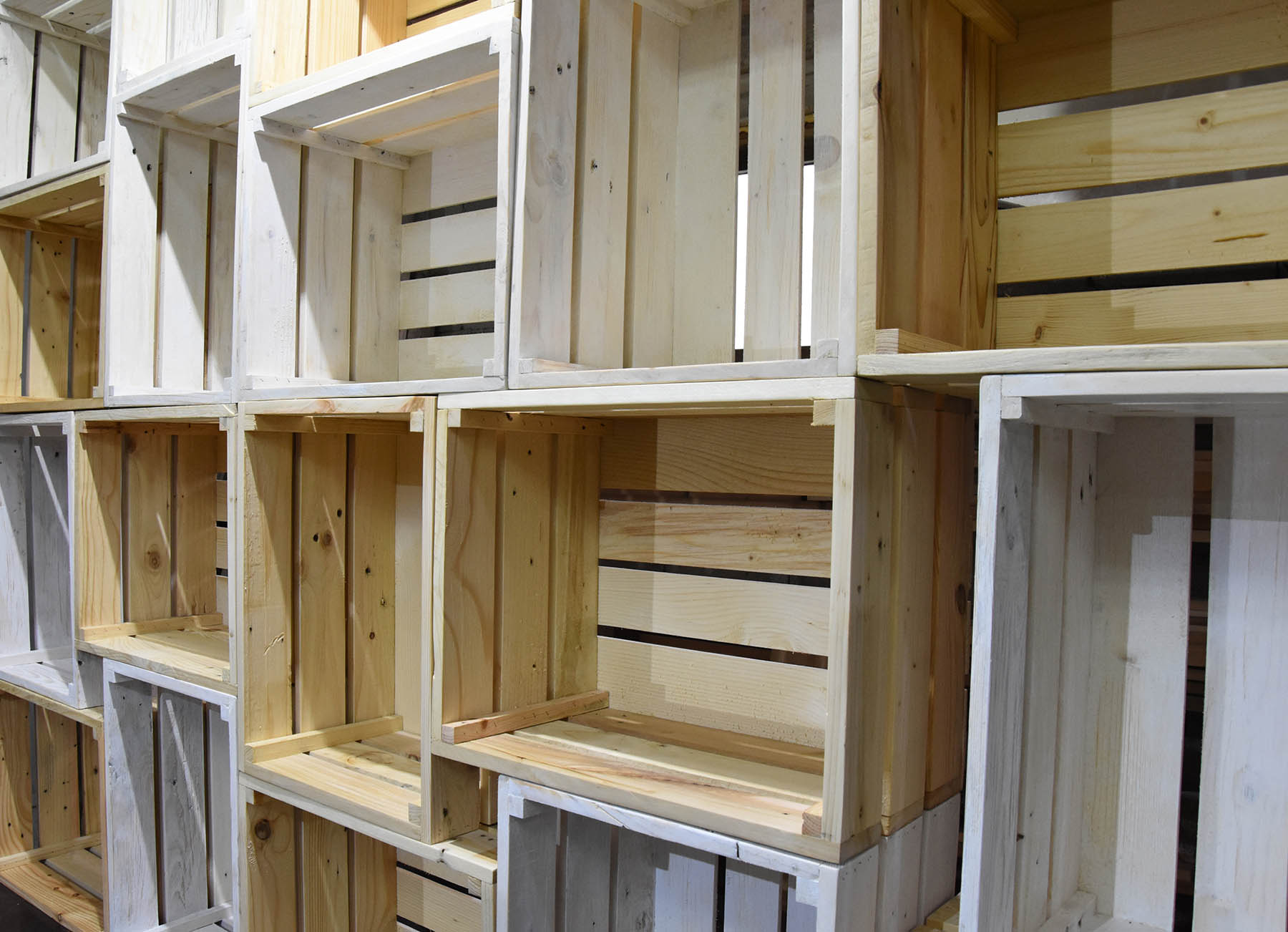Designing Your Custom Shelving
The first step in creating custom shelving is designing your shelves. Consider the purpose and location of the shelving. Do you need bookshelves, display shelves, or storage shelves? Measure the space where you will install the shelves and decide on the dimensions and number of shelves you need. Consider the style and color that will best match your room’s décor.
Choosing the Right Materials
Selecting the right materials is crucial for your custom shelving project. The most common materials for shelves are wood, MDF (medium-density fiberboard), and plywood. Wood is durable and offers a classic look, while MDF and plywood can be more budget-friendly. Consider the weight of items you plan to store on the shelves when choosing the thickness and strength of your materials.
Tools and Equipment Needed
Gather all necessary tools and equipment before starting. You’ll need a saw (hand saw or circular saw), a drill, screws, a level, a measuring tape, sandpaper, and possibly brackets, depending on your design. If painting or staining your shelves, you’ll also need paint or wood stain and brushes.
Cutting and Assembling the Shelves
Based on your design, cut your shelving material to size. Use a level and measuring tape to ensure accuracy. Once cut, sand the edges for a smooth finish. If you’re painting or staining the shelves, do it before assembly. Assemble the shelves using screws, ensuring they are sturdy and level. Brackets can add extra support and decorative detail.
Mounting the Shelves
Mounting your custom shelving securely is vital. Locate the studs in your wall for a secure mount, especially for heavy loads. Use a drill to attach the shelving brackets or supports to the studs. Ensure the shelves are level before fully securing them. For floating shelves, follow the specific hardware instructions for a secure and invisible mount.
Organizing and Decorating Your Shelves
Once your shelves are up, it’s time to organize and decorate them. Arrange your items in a way that is both functional and aesthetically pleasing. Consider balancing the visual weight by placing heavier items on lower shelves. Add personal touches with decorative items, books, or plants to make the space uniquely yours.
Maintaining Your Custom Shelving
Maintain your custom shelving by regular dusting and cleaning. Check periodically for any loose screws or brackets, especially if the shelves are heavily loaded. Proper maintenance will ensure your shelves remain both beautiful and functional.
Personalizing for Different Rooms
Custom shelving can be adapted to fit any room. In the kitchen, add hooks for utensils. In a child’s room, incorporate colorful designs. For a home office, build in spaces for supplies and equipment. The versatility of custom shelving makes it a great project for any space in your home.
The Impact of Custom Shelving
Custom shelving is more than just storage; it’s a way to add character and functionality to your home. With the right planning, materials, and design, you can create shelving that not only serves a purpose but also enhances the aesthetic of any room. Enjoy the satisfaction of a successful DIY project and the new dynamic it brings to your space.






